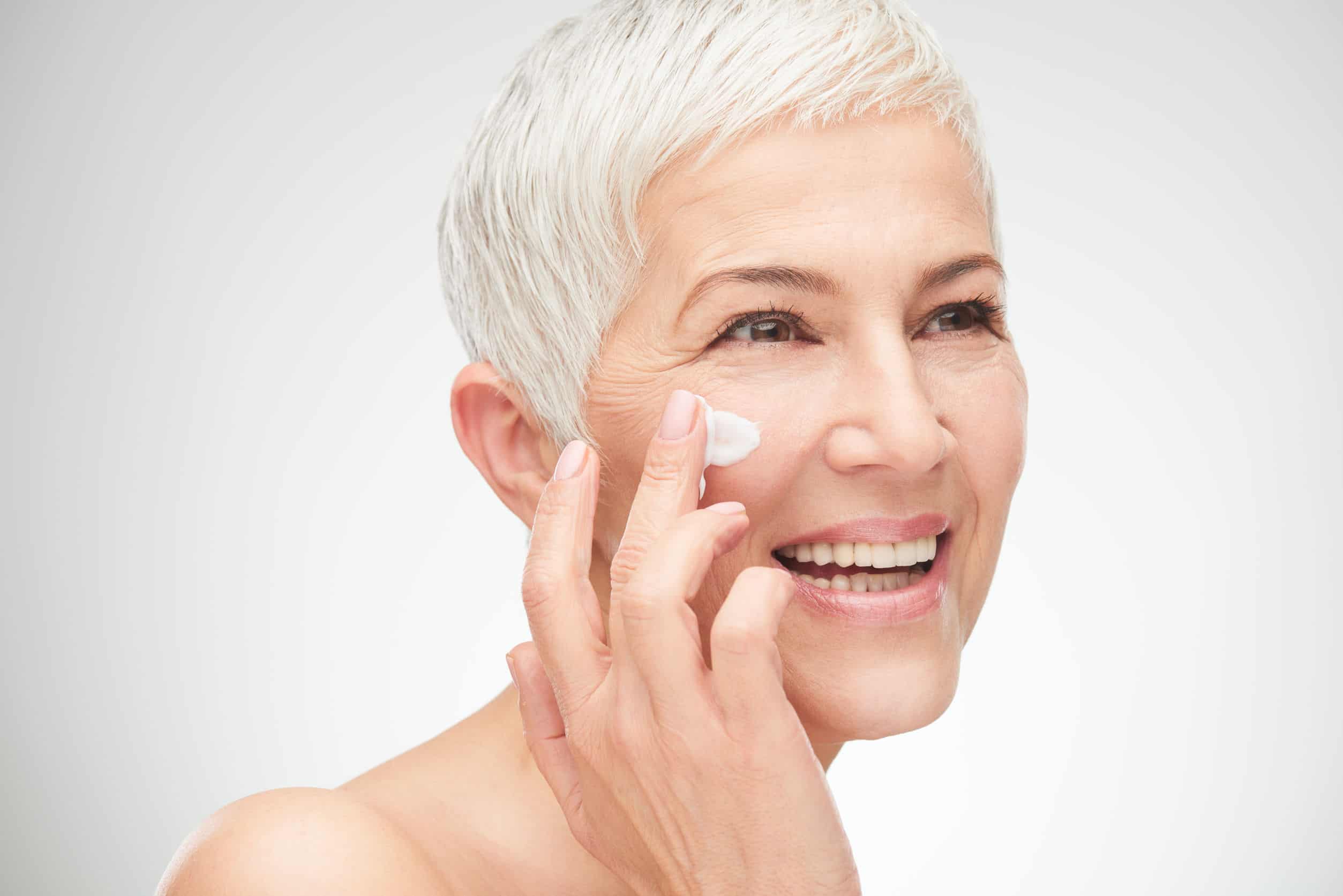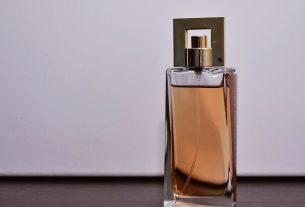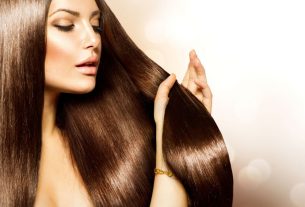A product is considered comedogenic when it can clog pores, thus facilitating the appearance of blackheads and pimples.
Firstly, it is extremely important to inform what the term means. Basically the word comedogenic derives from comedo which, in short, are large blackheads and inflamed pimples.
However, many cosmetic products cause comedones because they clog pores. In this sense, if a person has problems with acne, they will certainly appear.
Above all, comedogenic substances clog this hole, causing an accumulation of sebum inside the duct, which can cause blackheads to appear.
Non-comedogenic

Therefore, non-comedogenic products are products that will not close the skin pores and cause these comedones. In short, this happens because most skin cosmetics are based on waxes such as stearins, organic waxes and even paraffins.
First of all, these products are usually recommended for people with oily or acne-prone skin. Plus, they usually have a lighter texture or less oily ingredients to avoid clogging your pores.
However, even though non-comedogenic products are not magic, it is a good idea to use them, especially if you are prone to blackheads and whiteheads.
However, secondly, there are other causes for acne, such as the presence of a high number of bacteria on the skin. Especially in these cases, using a non-comedogenic product will not significantly reduce the appearance of pimples.
Classification
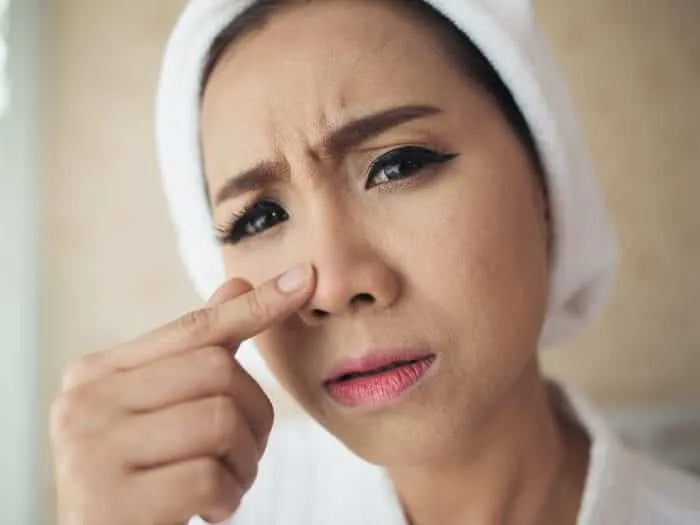
According to most studies, comedogenic ingredients vary according to a table with levels from 0 to 5, with 0 being products that are not comedogenic and 5 being products with a high comedogenic factor. Products up to level 2 (Moderately Low) are considered non-comedogenic and safe for use on oily skin.
Comedogenic Levels
According to researchers, the following table helps classify the comedogenic index of ingredients from zero to five. Zero being the one that does not cause clogging of pores and five being the one that has a high chance of forming comedones:
0 – Does not clog pores
1 – Slightly comedogenic
2 to 3 – Moderately comedogenic
4 to 5 – Severely comedogenic
However, it is extremely important that you read the label of your products very carefully. And finally, above all, take good care of your skin, respecting its characteristics without harming your health.
Is comedogenic not recommended?

It definitely all depends on your skin. However, if you have oily skin, it is recommended not to use products with a high comedogenic index. However, dry skin allows the comedogenic index to be slightly higher.
However, just because you don’t have oily skin doesn’t mean you can use substances that can clog your pores all the time. Therefore, be in moderation, as even a person with dry skin cannot use a product with a high comedogenic index, otherwise they may develop acne and blackheads.
Comedogenic natural ingredients
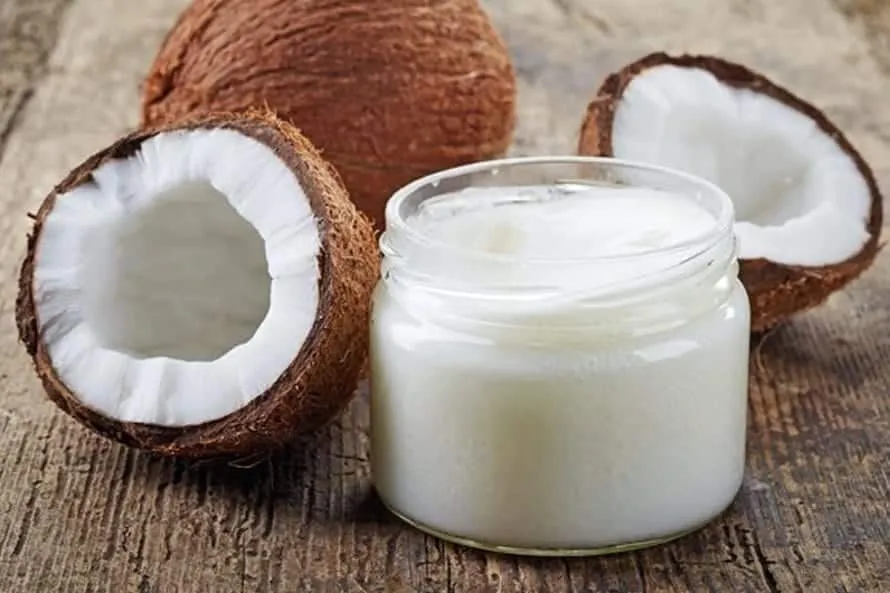
There are several ingredients that are considered naturally comedogenic. Despite being highly moisturizing, they can also influence skin treatment in the case of a more oily texture or not. Likewise, it is essential to understand what type of ingredients will work for you. Some of them are:
- Cocoa butter
- coconut butter
- coconut oil
- Linseed oil
- Palm oil
- Wheat Germ Oil
Non-comedogenic ingredients

On the other hand, there are also naturally non-comedogenic ingredients, perfect for those who have oily skin and want to avoid clogging their pores. In this sense, although they are still moisturizing, their effect is not as heavy as any other. Are they:
Oils from:
- Almond
- Jojoba
- Apricot seed
- Avocado
- Castor
- Corn
- Oliva
- Peanut
- Sandalwood seed
- Safflower
- Sesame
- Sunflower
Other ingredients:
- Carnauba wax
- Vegetal glycerin
- Calendula
- Camphor
- Chamomile Extract
You will find on the market:
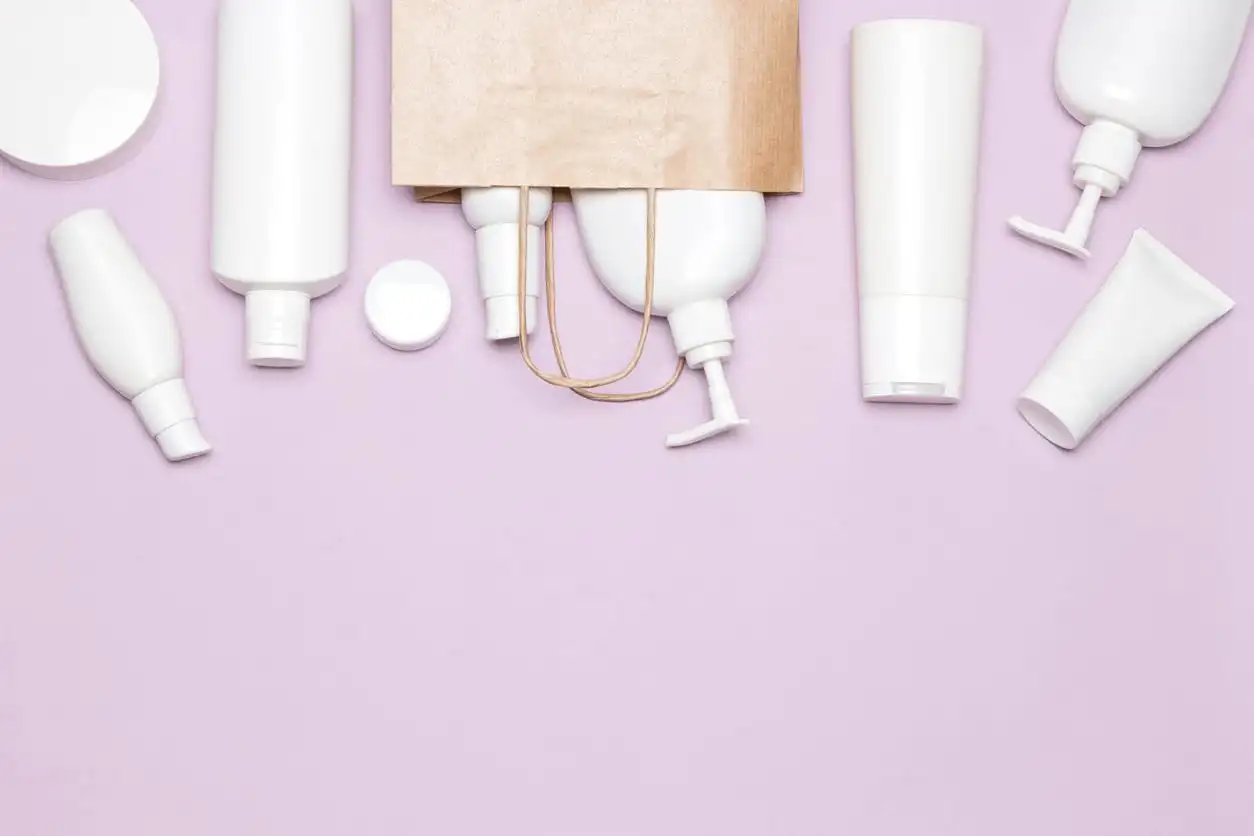
In the first place “Non-comedogenic”which in short, is the absence or non-aggravation of comedones, which are basically blackheads.
Secondly the “Non-acnegenic”. Which would often be the absence or non-aggravation of acne (pimples).
And finally, in third place the famous “Hypoallergenic” which in short is the low capacity to induce sensitization (irritation). Additionally, it is definitely another term frequently found in many cosmetics and skin care products.
The mention of hypoallergenic on the label can be useful for people who have sensitive skin or skin prone to irritation. However, it is important to know that “hypoallergenic” does not necessarily mean allergy-free. So be careful so you don’t have any problems with this later.
How to find comedogenic components on labels?

In order to find out whether a product is comedogenic or not, it is important to pay attention to its composition. Check below a list of potentially comedogenic elements when introduced into a cosmetic recipe:
- Acetlyated Lanolin
- Cocoa Butter
- Coconut Butter
- Isopropyl Myristate
- I. Palmitate
- I. Neonpentanoate
- Isopropyl Isotearate
- Laurel 4
- Myristyl Myristate
- Myristyl Lactate
- PEG 16 Lanolin
Finally, did you like the article about comedogenic products? So then read also: 10 most dangerous products for your health that you are using
Fontes: Cetaphil Aua Sallve
Images: Guia55, Vix, Pregnancy Tea, Creamy, Women’s Tips, Victor Sorrentino, Seleções, Beleza Verde

Sign up for our newsletter and stay up to date with exclusive news
that can transform your routine!
Warning: Undefined array key "title" in /home/storelat/public_html/wp-content/plugins/link-whisper-premium/templates/frontend/related-posts.php on line 12
Warning: Undefined array key "title_tag" in /home/storelat/public_html/wp-content/plugins/link-whisper-premium/templates/frontend/related-posts.php on line 13

